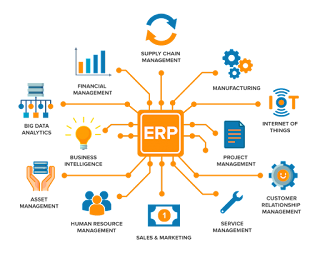Krea wants to make creative’s lives easier
There are a lot of different AI tools for different tasks. It can become overwhelming filtering through just how many have launched this year alone. But what if instead of relying on multiple tools for your workflow, you could rely on one that does a lot?
Krea launched yesterday in open beta as a suite of AI tools. Its main feature set revolves around image generation, visual enhancement, video generation, and some more quirky ideas like pattern generation
Here’s the low down:
Real-time Generation: This behaves somewhat differently than you might expect. Rather than a prompt, you draw a crude illustration using shapes, and the AI will magically morph it into a work of art. You can even enable your webcam to generate a fantastical scene based on you and your surroundings.
Upscale & Enhance: This does exactly what it says on the tin. Upload an image, maybe one of those old-timey film ones, and Krea will use AI to scale it up to modern-day looks. You can customize the enhancement to suit your style.
AI Patterns: This feature takes the popular spiralized style that went viral a few months back and makes it easier to do. Drop in an image, and it will be instantly spiralized.
AnimateDiff is all about making animation easier. It can’t get much easier than simply writing a prompt and letting the AI do its magic, which is exactly what this feature does.
You can even craft your own AI models by training them on your own assets so you can refine them to your liking even more.




